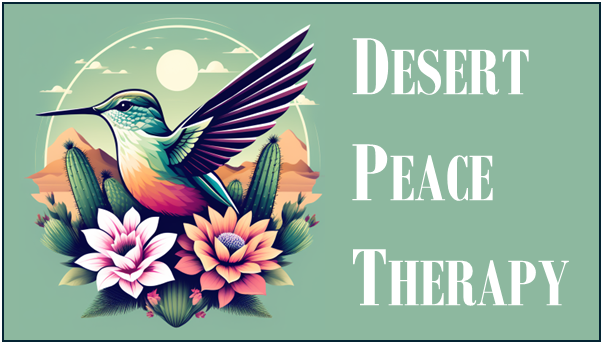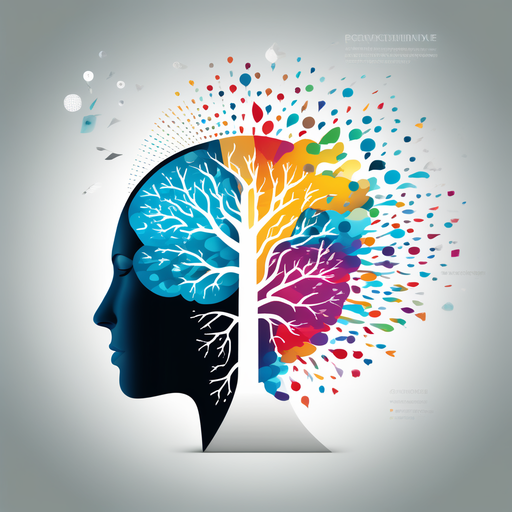
Unlocking the Mind: Carl Jung’s Active Imagination – Bridging the Inner World (Part 3 of 3)
“Your vision will become clear only when you can look into your own heart. Who looks outside, dreams; who looks inside, awakens.” – Carl Jung
In the first two parts of our Unlocking the Mind series, we explored two of Carl Jung’s most transformative ideas: the Collective Unconscious and the Individuation Process. These concepts revealed the vast inner architecture of the human psyche and the lifelong journey toward psychological wholeness. Now, in Part 3, we arrive at the practice that brings it all together—Active Imagination.
This is where Jungian theory becomes a living, breathing experience. Through Active Imagination, we don’t just learn about the unconscious—we meet it face to face.

Who Was Carl Jung?
Carl Gustav Jung (1875–1961) was a Swiss psychiatrist, psychoanalyst, and the founder of analytical psychology. Renowned for his pioneering work on the unconscious mind, Jung introduced psychological concepts that remain deeply influential—including the collective unconscious, archetypes, and individuation. But beyond theory, Jung was also a practitioner of deep inner work, and few of his contributions are as intimate and transformative as Active Imagination.
During a personal psychological crisis—what he called his “confrontation with the unconscious”—Jung didn’t turn away from the images, symbols, and voices emerging from within. Instead, he engaged them in dialogue, sketching, painting, and writing down what they revealed. This process eventually became what he called Active Imagination: a conscious method of interacting with the unconscious psyche, not to control it, but to listen, learn, and integrate.
Jung believed that the unconscious was not just a vault of repressed memories or trauma, but a living, creative force—full of insight, conflict, and potential. Through Active Imagination, he found a way to enter this inner world without losing touch with reality, allowing the wisdom of the unconscious to transform his conscious life.
For Jung, the goal of psychology was not merely the treatment of symptoms, but the transformation of the soul. Active Imagination was not a technique for the mind alone, but an invitation for the heart to speak—and to be heard.
What Is Active Imagination?
Active Imagination is one of Carl Jung’s most powerful psychological tools. It is a method of consciously dialoguing with the images, symbols, and figures that arise from the unconscious. Rather than analyzing them from a distance, Active Imagination invites us into direct relationship with our inner world.
Jung developed this technique in a time of personal crisis, and it became central to his own healing and self-discovery. He described it as a way to “open a dialogue with the unconscious,” where we engage creatively with what emerges—whether it be images from dreams, inner voices, or spontaneous thoughts and feelings.
This isn’t passive daydreaming. It’s a disciplined, intentional, and respectful exploration of the psyche.

Why Does It Matter?
To understand why Active Imagination is so significant, we need to return briefly to what we’ve already uncovered:
- In Part 1, we learned that the Collective Unconscious contains timeless symbols and archetypes shared by all humans—images like the Hero, the Mother, the Shadow.
- In Part 2, we saw how Individuation is the path to becoming whole—integrating the conscious and unconscious parts of ourselves.
But how do we actually integrate unconscious material?
Active Imagination is the bridge. It allows us to interact with archetypes directly, to explore what they mean in the unique landscape of our own life and psyche. It is the living dialogue between who we are and who we are becoming.

How to Practice Active Imagination

You don’t need any special equipment to begin—just curiosity, quiet time, and a willingness to turn inward. Here’s a basic approach:
- Set the Scene
Find a quiet, comfortable space where you won’t be disturbed. Have a journal nearby, or use art materials if you prefer drawing. - Invite the Unconscious In
Think of a recent dream, a troubling image, or a recurring thought that feels emotionally charged. Let that be the starting point. - Engage the Dialogue
Begin a conversation with the image or figure. What does it want? What does it fear? What message does it bring? Write down the exchange as if you’re scripting a scene or dialogue. - Stay Grounded
This process can stir up deep material. Afterward, take time to ground yourself—go for a walk, drink water, or talk to someone you trust. - Reflect and Integrate
Review your notes or artwork. What insights emerged? What patterns do you see? Over time, these dialogues can reveal surprising wisdom and healing.
“The psychological rule says that when an inner situation is not made conscious, it appears outside as fate.” —Carl Jung
Through Active Imagination, we stop projecting our inner world onto external circumstances and begin reclaiming it as our own.

Tying the Trilogy Together
Let’s step back and see the full arc of Unlocking the Mind:
- Part 1: The Collective Unconscious
Introduced us to the shared symbols and deep structures of the human psyche. - Part 2: Individuation
Showed us the lifelong journey toward integrating those unconscious elements to become our true, whole self. - Part 3: Active Imagination
Provides us with a direct path to live this work—one image, one insight, one inner conversation at a time.
This is not just psychology—it’s personal mythology. It’s soul work.
Final Thoughts: Awakening from Within
Jung’s work reminds us that the greatest adventure is inward. When we courageously engage with the hidden parts of ourselves, we begin to unlock a richer, more authentic life.
At Desert Peace Therapy, we honor this deep inner work. Whether you’re exploring your dreams, healing from trauma, or seeking clarity in life’s transitions, we’re here to walk beside you—supporting your unique path to wholeness.
Thank you for joining us on this journey through Jung’s ideas. We hope this series has sparked reflection, wonder, and a sense of connection to your own inner world.
Until next time—seek relief, seek happiness, live mindfully.
Find inner peace through our therapy services
Experience unmatched well-being


2 responses to “Unlocking the Mind: Carl Jung’s Active Imagination – Bridging the Inner World (Part 3 of 3)”
Hi there! This post couldn’t be written any better!
Reading this post reminds me of my old room mate! He
always kept talking about this. I will forward this post to him.
Fairly certain he will have a good read. Thank you for sharing!
Every time I visit this site, I walk away smarter.
Keep up the great work!